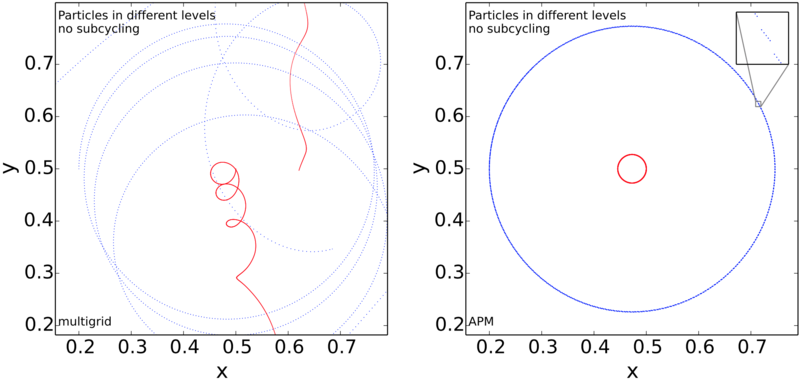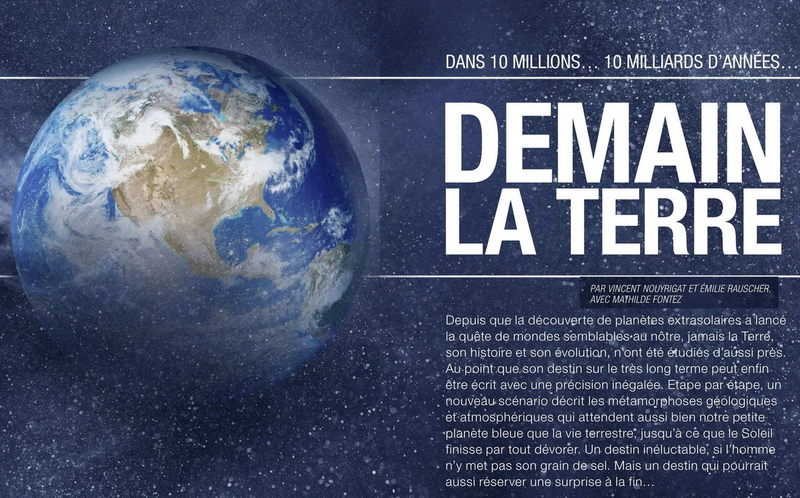
Jean-Claude Passy
Team Lead @ Software Workshop
Max-Planck-Ring 4
72076 Tuebingen
Germany
I am leading the ZWE Software Workshop since July 2018. I am passionate about sciences (in particular computer science and physics) and solving problems.
I obtained an engineering diploma in fluid dynamics from the Grande École ENSTA in 2008 and a PhD in computational astrophysics from the American Museum of Natural History in New York, and the University of Victoria in 2013. Afther that, I moved to Germany and worked for 4 years as a postdoctoral researcher at the Argelander-Institut für Astronomie in Bonn. During this time, I received a Humboldt-Forschungsstipendium für Postdoktoranden from the Alexander von Humboldt-Stiftung.
I joined the Software Workshop and the Max-Planck-Institut für Intelligente Systeme in February 2017.
You can find my full CV here.
Astrophysical projects
MESA and NuGrid collaborations
NuGrid is a scientific collaboration studying nucleosynthesis in stellar interiors. As a member of this collaboration, I am developing and maintaining part of their workflow, in particular a HDF5 framework used with the open-source code MESA for flexible data handling. GitHub repository
Comparison of stellar evolution codes
A comparative study of several CFD codes modeling the life of stars. The main goal of this project was to better understand the intrinsic uncertainties of such techniques (see this paper).
Gravity solver for CFD codes
I developed and implemented a new algorithm to resolve gravitational effects more accurately in CFD simulations. The algorithm uses an adaptive particle-mesh technique (see this article).
Planets and stars
A study on the survivability of planets engulfed by their host star. This project led to several publications in general press (see the Press page).
Kelvin-Helmoltz instabilities
An investigation the capabilities of CFD codes to model Kelvin-Helmoltz instabilities (see this article).
Stellar mergers
A project aiming at understanding the physical mechanisms in play when two stars merge, and trying to predict the outcome of this violent interaction. For this purpose, I developed parts of several CFD codes and performed 3D simulations of stellar mergers. Then I validated the simulations with observational data.
General Press
Le soleil, géante rouge, engloutit la planète
Interview pour le dossier mensuel "Demain la Terre".
Science & Vie, October 2016.
Massive Planets Might Escape Stellar Engulfment Largely Undiminished
Scientific American, October 2012.
Une planète avalée par son étoile peut-elle survivre ?
LeMonde.fr, October 2012.








